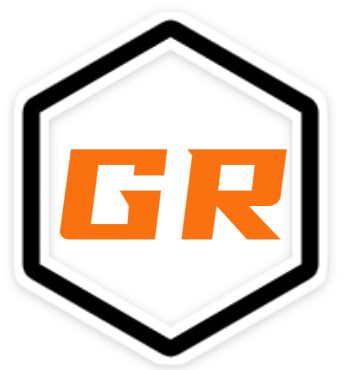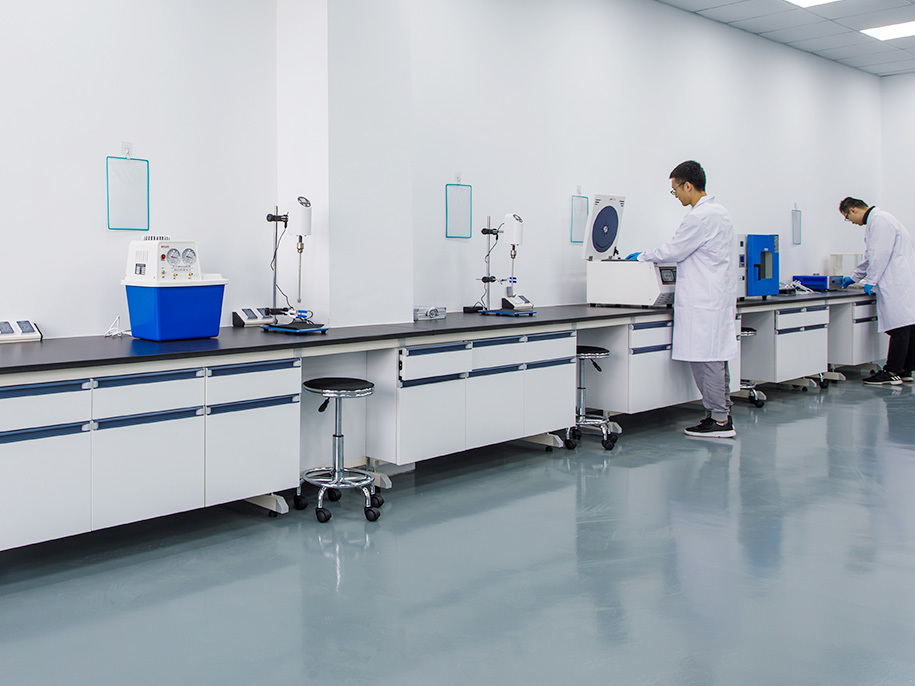Key Downstream Application Markets and Demand Analysis for Graphene Coatings
Graphene coatings are being increasingly adopted across various industries due to their exceptional barrier properties, mechanical strength, thermal and electrical conductivity, and chemical stability. This article provides a comprehensive overview of the main downstream application sectors for graphene-based coatings and analyzes current and future demand trends.

1. Automotive Industry
Application Areas:
-
Anti-corrosion coatings for car bodies, underbodies, and chassis
-
Heat-dissipating coatings for EV battery casings and power electronics
-
Scratch-resistant coatings for exterior and interior parts
-
Conductive/anti-static coatings for sensors and electrical systems
Demand Drivers:
-
Rising demand for lightweight, long-lasting materials
-
Growth of electric vehicles (EVs) increases need for heat and EMI management
-
Environmental regulations pushing adoption of low-VOC waterborne coatings
Outlook:
Graphene coatings are expected to become standard in next-gen automotive paints, particularly in EV thermal management and anti-corrosion systems, with significant growth in Asia and Europe.
2. Marine and Offshore Industry
Application Areas:
-
Anti-corrosion coatings for ships, oil rigs, and offshore structures
-
Anti-fouling coatings that prevent biofilm and algae buildup
-
Salt spray-resistant primers and sealants
Demand Drivers:
-
High maintenance costs of traditional coatings in marine environments
-
Need for longer service life and reduced downtime
-
Stringent safety and environmental compliance regulations
Outlook:
Graphene coatings can extend maintenance intervals and reduce total cost of ownership. Their usage is expanding in shipbuilding, marine logistics, and offshore energy sectors, particularly in China, South Korea, and Gulf countries.
3. Construction and Infrastructure
Application Areas:
-
Anti-corrosion and waterproof coatings for steel and concrete
-
UV-resistant and weatherproof paints for building facades
-
Anti-bacterial coatings for hospitals, clean rooms, and public spaces
-
Fire-resistant coatings for high-rise and tunnel infrastructure
Demand Drivers:
-
Rapid urbanization and smart city projects
-
Growing preference for durable, low-maintenance exterior finishes
-
Increasing awareness of health and hygiene standards in building interiors
Outlook:
Demand is strong in emerging markets like Southeast Asia, the Middle East, and India. Graphene coatings are positioned to replace conventional exterior paints in premium and commercial architecture.
4. Aerospace and Defense
Application Areas:
-
Lightweight thermal barrier coatings for aircraft parts
-
Radar-absorbing (stealth) coatings for military equipment
-
Anti-static and EMI shielding coatings for avionics and cabin interiors
Demand Drivers:
-
Emphasis on fuel efficiency and weight reduction
-
Need for extreme durability and multi-functional performance
-
Increasing defense budgets and technological upgrades in aviation
Outlook:
Graphene coatings in aerospace remain a high-value niche market, with future expansion in military applications, thermal management, and spacecraft components.
5. Electronics and Energy Devices
Application Areas:
-
Conductive coatings for flexible displays, PCBs, and sensors
-
EMI/RFI shielding coatings in consumer electronics
-
Battery-safe coatings for lithium-ion battery cells and supercapacitors
-
Heat spreaders in smartphones, laptops, and power modules
Demand Drivers:
-
Miniaturization and high-power density in electronics
-
Rising popularity of wearable and flexible devices
-
Graphene’s ability to replace metals in lightweight conductive coatings
Outlook:
This is one of the fastest-growing sectors, with explosive demand from the consumer electronics, EV, and IoT markets. Asia (particularly South Korea, Japan, and China) leads in commercialization.
6. Medical and Hygiene Applications
Application Areas:
-
Antibacterial and antiviral coatings for hospital walls, instruments, and PPE
-
Anti-microbial floor coatings in food processing and pharmaceutical facilities
-
Self-cleaning surfaces in high-traffic environments
Demand Drivers:
-
Post-COVID demand for hygienic surfaces and infection control
-
Regulatory focus on non-toxic, long-lasting antimicrobial coatings
-
Rise of graphene-enhanced smart hospital surfaces
Outlook:
Still an emerging segment, but rapidly gaining interest. Strong growth potential in Asia-Pacific, the Middle East, and Europe, especially in healthcare and public infrastructure.
7. Packaging and Consumer Goods
Application Areas:
-
Barrier coatings for food packaging films
-
Moisture-resistant coatings for electronics packaging
-
Anti-counterfeit and RFID-enhancing coatings for traceability
Demand Drivers:
-
Need for longer shelf life and freshness in packaged goods
-
Shift toward sustainable, recyclable barrier solutions
-
Integration of smart packaging technologies
Outlook:
Graphene-based coatings can replace aluminum foil in high-barrier applications, making packaging lighter, more sustainable, and functionally advanced.
Summary Table: Graphene Coating Applications & Demand Trends
| Sector | Key Application | Growth Outlook | Regional Focus |
|---|---|---|---|
| Automotive | Anti-corrosion, thermal, conductive | High | Asia, Europe |
| Marine & Offshore | Corrosion & anti-fouling | Moderate to high | East Asia, Middle East |
| Construction | Anti-UV, waterproofing, anti-bacterial | High | Global (esp. emerging markets) |
| Aerospace & Defense | Thermal, radar-absorbing, EMI shielding | Niche, high value | North America, EU |
| Electronics & Energy | Conductive, EMI, thermal | Very High | Asia-Pacific |
| Medical & Hygiene | Anti-microbial, self-cleaning | Emerging, strong trend | Europe, Asia |
| Packaging | Barrier, smart coatings | Growing | Global |
Conclusion
Graphene coatings are no longer experimental—they are entering the commercial mainstream across multiple high-value industries. From electric vehicles to aerospace, and from hospital hygiene to smart electronics, graphene-enabled coatings are redefining material performance. The next decade will see continued innovation, cost reduction, and global scaling, unlocking even more downstream opportunities.

